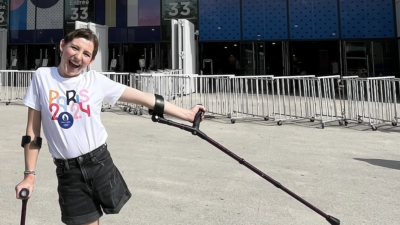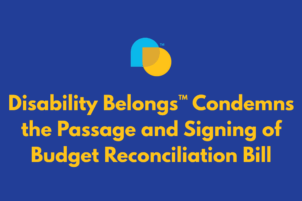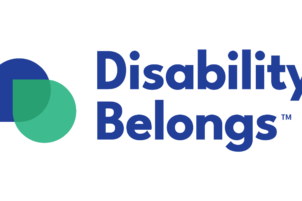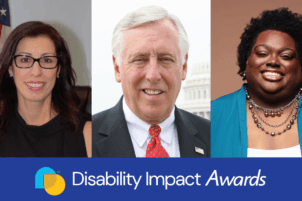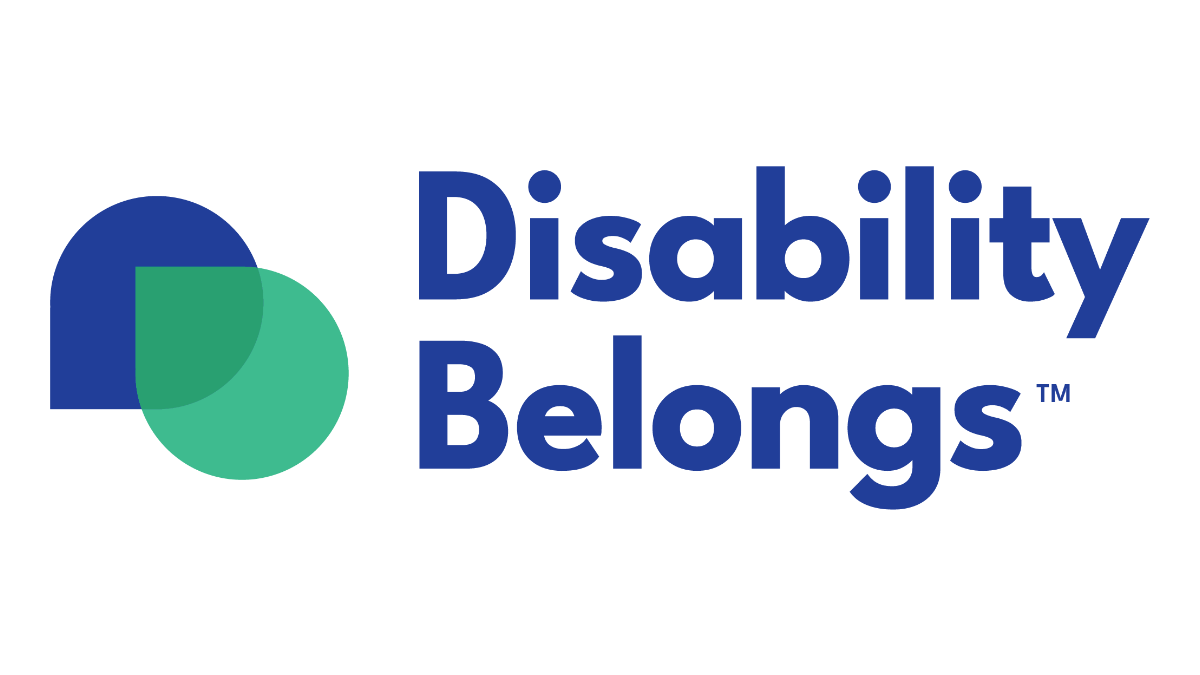This past spring, like a game of telephone, my exciting news that I would be able to attend the 2024 Paris Paralympics spread, and was, well… misconstrued. On more than one occasion, I got a text from a friend of my grandma’s, or a peer at school, where the person wished me well in my “big swimming competition.” Either my 90-pound, scrawny physique gives off that of an Olympic athlete, or, many people are unfamiliar with how big of a deal it is to qualify for the Paralympics. The athletic competition is on a global stage, with—not some of, but—the most talented athletes of our time.
While my once a week swim practice through Adaptive Sports New England is something I enjoy, and take moderately seriously, it is certainly not enough training for an athletic career of Paralympic heights. What those Sunday mornings spent in the pool did do for me, however, was provide an interesting perspective on how the public engages with para-athletes and disability more broadly.
The first swimming competition I entered as an amputee was last March. Organized through Move United—an affiliate of the Paralympic Games—, it was unlike anything I had ever experienced. I don’t think I’ve been in the same room with as many fellow disability community folk, let alone been treated so “normally” (in my opinion, there is no such thing as “normal”) despite my body moving differently than people are used to. Seriously, not a single person batted an eye at my scars, limb difference or anything else I would normally mentally prepare myself for when getting on the diving board at my high school swim meets, or entering any room full of able-bodied people.
At this meet, sure a couple of my competitors were a decade younger than me (belated apologies to the twelve year olds, whose butts I whooped; there are, in fact, not an abundance of amputees in their 20s who swim competitively in my area), but our disabilities were similar, creating close to a level playing field. This gets to the heart of what competition is all about. And for an adaptive competition more specifically, it was important that I—or the meet as a whole—didn’t feel like a spectacle.
This was, unfortunately, not the case at the next meet I competed in. When I got the itinerary of events, I learned I was one of three athletes (with vastly differing disabilities) competing in the adaptive portions of the competition. After several heats of nondisabled athletes who were competing to break records (they had to qualify to be there), a para event would be sprinkled in like some sort of side show. Cue the participation medals, and pity claps.
It’s an unfortunate truth that most nondisabled people eat up “inspiration porn” (see the late Stella Young’s brilliant TedX speech for a more robust definition of this term) scenarios like this, where we are treated very differently from nondisabled peers for doing, essentially, the same thing. My best guess is that the awe comes from a place of believing we’ve overcome our disabilities to do something incredible, when really it should be awe at our sheer athletic talent with, not in spite of, our disability.
This is where the Paralympics teeters a tricky balance. At times across these games, social media has been a breeding ground for misconceptions. On a video of Chinese para-athlete Guo Jincheng’s record-breaking Men’s S5 50m Butterfly Swim, I saw a comment along the lines of ‘You’re telling me that this many people have no arms and just so happen to swim’? This diminishes the reality that Paralympic athletes train just as hard as Olympic athletes, and that there are meets like the one I attended where there is close-to-equal competition fighting to reach the same goals.
My favorite component of this year’s Paralympics coverage, however, was actually aided by social media and news outlets. During these games, the public has learned more about the athletes as people. Paralympic swimmers Mallory Weggemann, Christie Raleigh Crossley and Jessica Long (to name a few) are showing that they can be athletes and moms, and, while this shouldn’t be revolutionary: athletes, moms, and disabled. Some are college students, like local para-rower Saige Harper, a student at Sacred Heart University in Fairfield.
If you listen to sports commentators, the sticking point when speaking before, during, or after a race is not their disability. Rather, they are talked about like any other professional athlete— with stats, strengths, and technical notes at the forefront.
A concept that can easily get lost sometimes—such as when nondisabled people speak to a caretaker figure instead of talking directly to the disabled person; or, when people tell me I’m inspirational just for existing with a disability—is that para-athletes are multifaceted, interesting, and inspirational for things like their adaptability and dedication, not their “bravery” for going out there (yes, that’s a line I’ve heard first-hand). Disabled people shouldn’t have to be exceptions to what the average person expects of them, or “supercrips,” to be worthy of your respect.
With the closing ceremonies already wrapped, I can’t help but hope these lessons are carried beyond the games.
The Paralympic swimming event I attended gave me hope for this type of future. Sitting one row behind the three young kids of Team USA swimmer Christie Raleigh Crossley when their mom broke the Women’s S9 50m freestyle world record was easily the highlight of my Paralympic experience. There’s something that really warms my heart when thinking of the view they will forever hold of their mom. Strong. Dedicated. Disabled— yes, that’s still part of the list! Fast. Well spoken. The list goes on. I think it’s about time the world catches up to them.

